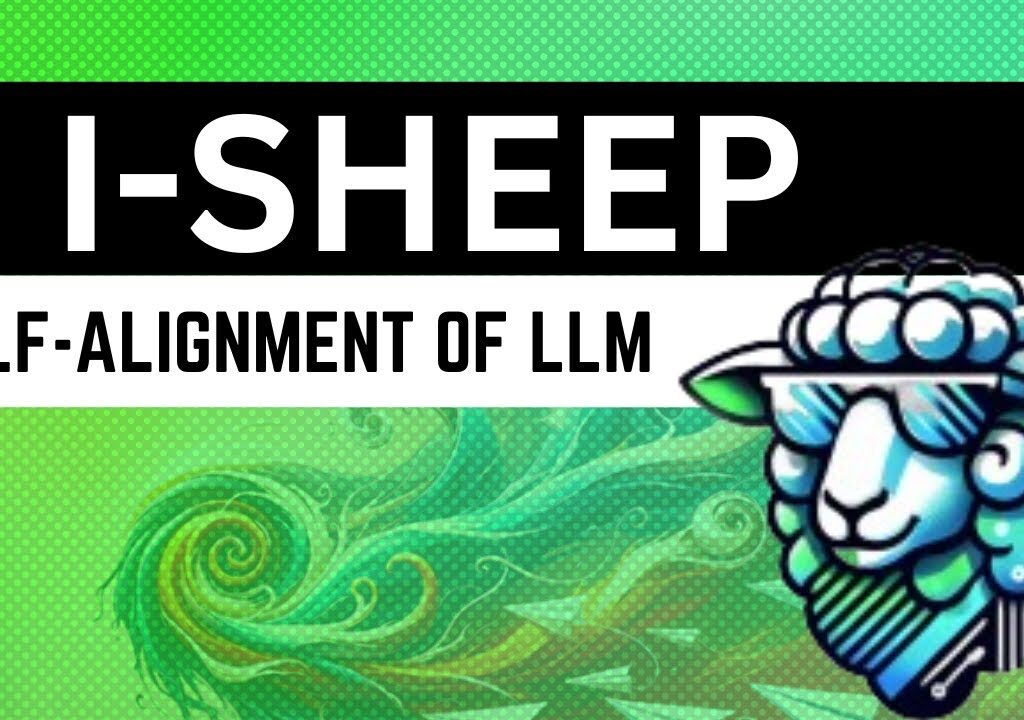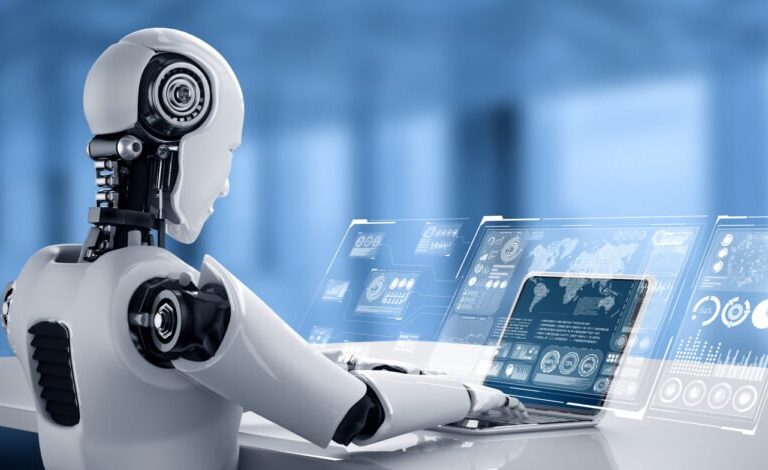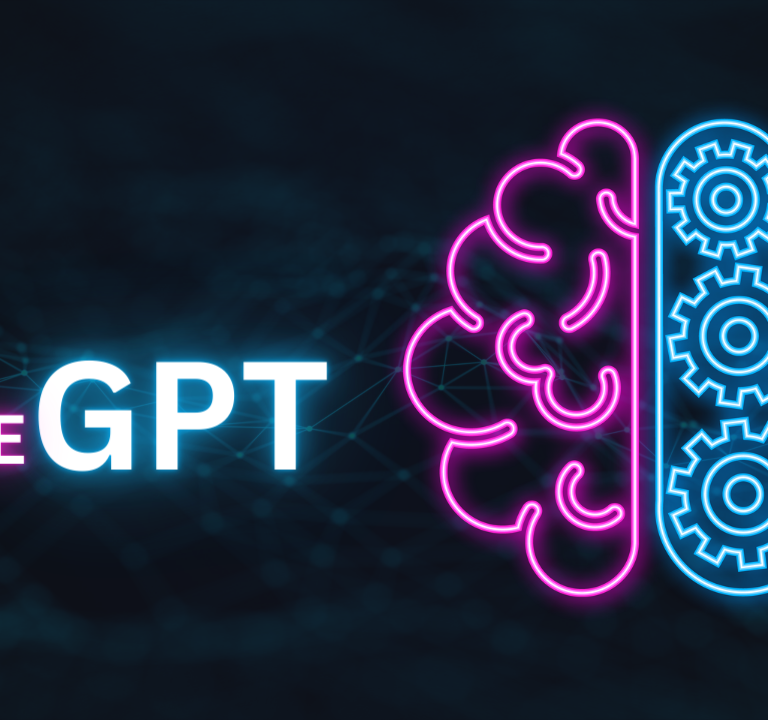
Artificial Intelligence (AI) has come a long way from its early days, evolving from basic algorithms to complex models that can understand, generate, and interact with human language. One of the most exciting developments in AI research is the Iterative Self-Enhancement Paradigm, commonly referred to as I-SHEEP. This paradigm represents a significant leap forward in AI self-improvement, leveraging a feedback loop where the AI generates its own practice exercises, checks its answers, and refines its performance based on identified mistakes. In this blog, we’ll explore the concept of I-SHEEP, its mechanics, applications, and the future implications for AI development.
What is I-SHEEP?
I-SHEEP is a self-improvement framework designed for Language Learning Models (LLMs) like GPT-4. The paradigm involves an iterative process where the AI generates practice exercises or tasks, attempts to solve them. And evaluates its performance, and then adjusts its internal processes to improve future outcomes. Essentially, the AI is engaged in a continuous cycle of learning, akin to how humans practice a skill repeatedly to master it.
The Mechanics of I-SHEEP
The core of I-SHEEP lies in its feedback loop, which can be broken down into the following steps:
- Generation of Practice Exercises: The AI autonomously creates tasks or exercises based on a predefined set of skills or knowledge areas. These tasks are designed to test specific capabilities or to address weaknesses previously identified.
- Self-Assessment: Once the AI attempts to solve the generated tasks, it uses internal or external criteria to evaluate its performance. This self-assessment can involve comparing the AI’s output against established benchmarks or correct answers.
- Error Identification: The AI identifies errors or areas where its performance did not meet the desired standard. This step is critical, as it pinpoints the exact nature of the mistakes, whether they involve factual inaccuracies, logical inconsistencies, or language fluency issues.
- Feedback Integration: After identifying errors, the AI integrates feedback to adjust its learning parameters. This could involve tweaking weights in a neural network, refining algorithms, or incorporating new data into its training set.
- Iteration: The cycle repeats, with the AI generating new tasks that reflect the adjustments made. Over time, this iterative process leads to a significant enhancement in the AI’s capabilities.
Applications of I-SHEEP
The Iterative Self-Enhancement Paradigm has a wide range of applications, particularly in areas where continuous improvement and adaptation are essential. Here are some key applications:
- Educational Tools: AI-powered educational platforms can use I-SHEEP to create personalized learning experiences. By continuously refining its understanding of a student’s weaknesses and strengths, the AI can generate tailored exercises that help learners overcome challenges more effectively.
- Natural Language Processing: In fields like translation, sentiment analysis, and text generation, I-SHEEP enables LLMs to self-correct and improve their output quality over time. This leads to more accurate and contextually appropriate responses in conversational AI and other language-related applications.
- Automated Testing and Debugging: Software development processes can benefit from I-SHEEP by allowing AI to autonomously test and debug code. The AI can iteratively refine its testing scenarios and improve its ability to detect and correct software bugs.
- Creative Industries: AI models involved in content creation, such as writing, music composition, or visual arts, can use I-SHEEP to refine their outputs. By learning from past creations and continuously iterating, these models can produce more sophisticated and nuanced work.
- Healthcare: AI in healthcare can use I-SHEEP to improve diagnostic tools, treatment recommendations, and patient care strategies. By continuously learning from new data and refining its algorithms, the AI can provide more accurate and personalized healthcare solutions.
The Future of I-SHEEP
The future of I-SHEEP is promising, with the potential to revolutionize how AI learns and improves. AI models become sophisticated, the self-enhancement paradigm could lead to models that are not reactive but proactive in the development. This could result in AI systems that can autonomously identify new areas of learning, set their own goals, and achieve a level of self-directed growth previously thought to be the domain of human learners.
Moreover, I-SHEEP could play a pivotal role in addressing one of the significant challenges in AI development: the need for vast amounts of labeled data. By generating its own exercises and learning from its mistakes, an AI can reduce its reliance on external data sources. And makes the learning process more efficient and scalable.
Challenges and Ethical Considerations
While I-SHEEP presents exciting possibilities, it also comes with challenges and ethical considerations. One of the primary concerns is the potential for AI to learn and reinforce harmful biases during its self-enhancement process. If the feedback loop is not carefully monitored, AI could perpetuate errors or misconceptions, leading to undesirable outcomes.
Additionally, the autonomy granted to AI through I-SHEEP raises questions about control and oversight. Ensuring that AI systems remain aligned with human values and objectives is crucial as they become more self-directed in their learning and improvement.
Conclusion
The Iterative Self-Enhancement Paradigm (I-SHEEP) represents a significant advancement in AI’s ability to learn and improve autonomously. By leveraging a feedback loop of self-generated tasks, self-assessment, and feedback integration, AI models can continuously refine their capabilities. The potential applications of I-SHEEP are vast, ranging from education to healthcare to creative industries. However, as with any powerful technology, it is essential to approach I-SHEEP with caution, ensuring that ethical considerations are addressed, and AI systems remain aligned with human goals. As we continue to explore and develop this paradigm, I-SHEEP could pave the way for the next generation of intelligent, self-improving AI systems.






